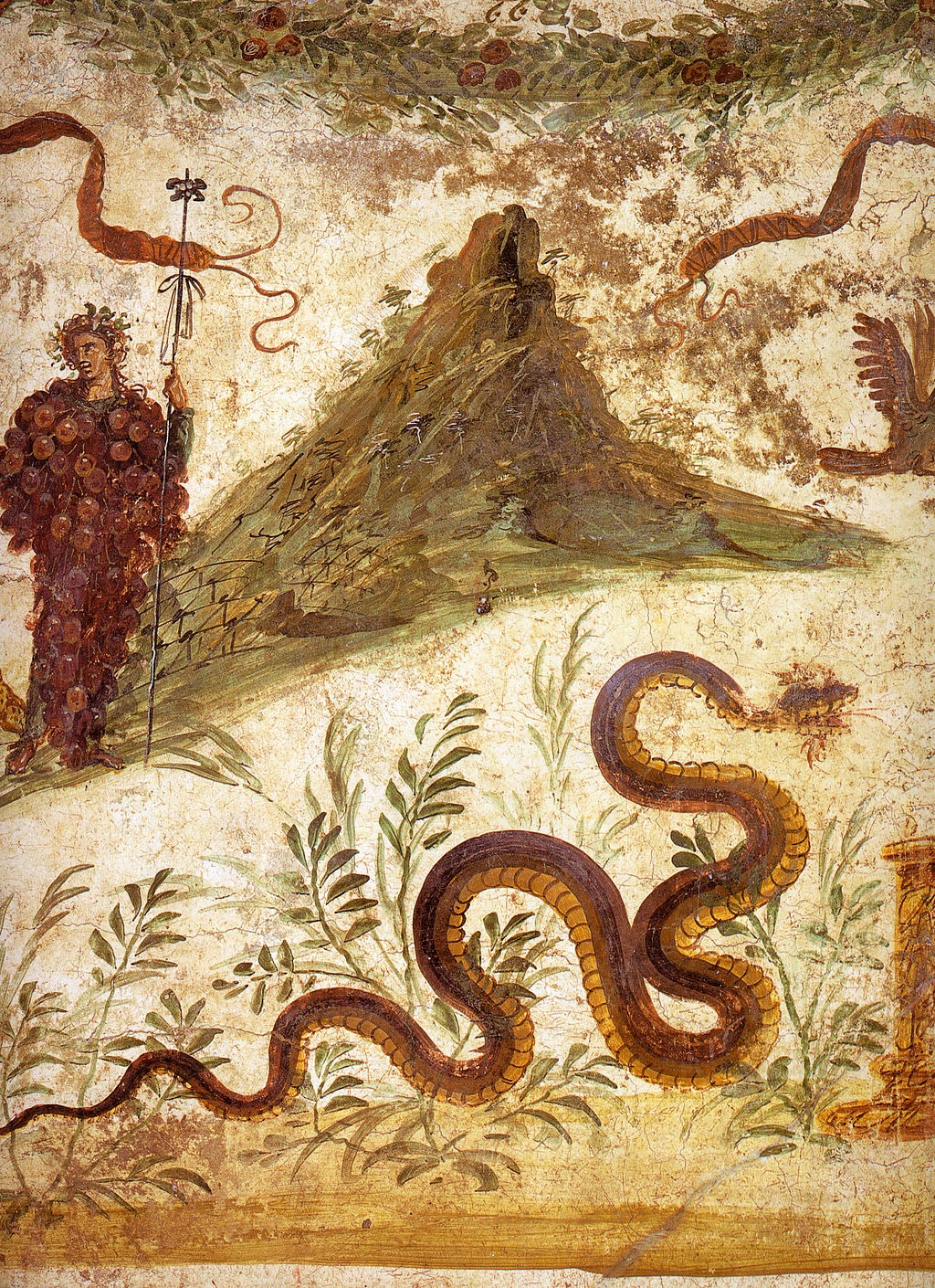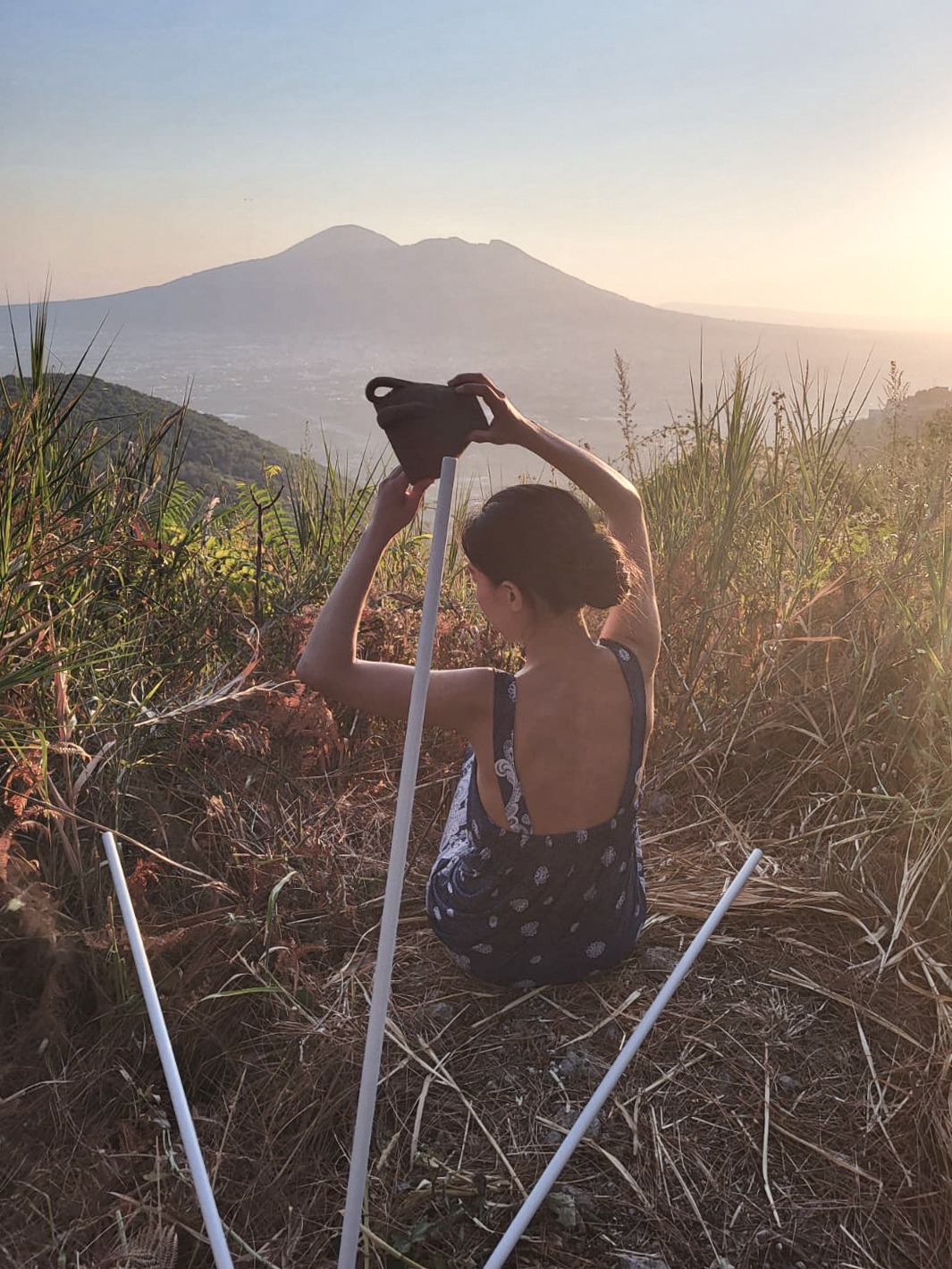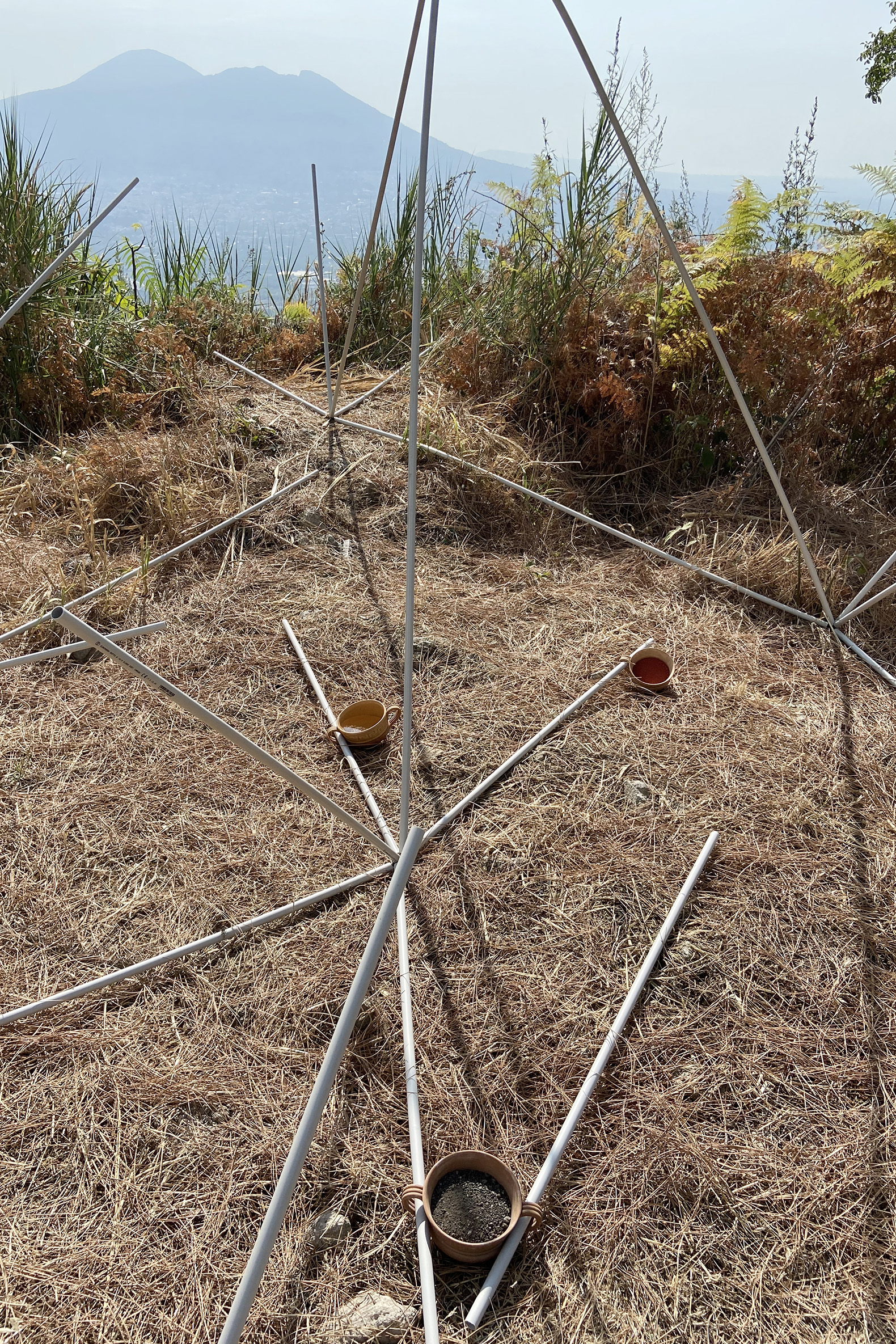
1.
Research on the volcanism of other planets has gained great importance in recent decades, especially in the field of space exploration and the search for potentially habitable planets. Studying extraterrestrial volcanic activities helps us better understand planetary geology, atmospheric evolution, and the potential conditions that could support life.
Volcanism on other planets and moons plays a crucial role in understanding potentially habitable conditions. Research on these phenomena offers important insights into how geological activity can influence the atmosphere, climate, and the presence of liquid water, all essential elements for life. Planets like Europa, Enceladus, and some exoplanets are among the most promising candidates for the search for extraterrestrial life, thanks to the possible combination of volcanism and liquid water.
These planets, known as exoplanets when they orbit stars other than the Sun, are identified using sophisticated techniques such as the transit method (observing the dimming of a star's light when a planet passes in front of it) or the radial velocity method (measuring the gravitational effect of the planet on the star). One of the main priorities is discovering planets located in the so-called habitable zone, the range of distance from a star where conditions could allow the presence of liquid water, essential for life as we know it.
In addition to the distance from the star, other factors are considered, such as atmospheric composition, the presence of active volcanism (which could contribute to a geological cycle capable of supporting life), and the stability of the planetary system. The discovery of planets with Earth-like atmospheres that can support natural cycles is particularly promising.
The poetic allure of exploring other habitable planets reflects our deep human aspiration towards the unknown—the desire to transcend the physical and mental boundaries of our world to discover new, vast, and mysterious ones, much like the exploration of the incomprehensible power of volcanoes in nature.

2.
Volcanic areas around the world often host millions of people, despite the potential risks associated with eruptions. This is due to the fertility of volcanic soil and the presence of geothermal resources.
Active or past volcanism offers analogies with Earth's primordial conditions, contributing to the materials used for housing construction and fertile land rich in minerals for agriculture. Igneous rocks make up 65% of Earth's crust, and depending on whether magma solidifies inside Earth's crust (e.g., in dikes or sills) or outside of it, through the volcanic conduit due to the strong pressure of gases.
Typical constructions made with volcanic stones in Campania, particularly in the areas around Vesuvius and the Phlegraean Fields, are characterized by the use of local volcanic materials. For example:
• Tuff: One of the most commonly used stones, tuff is a lightweight and porous volcanic rock widely found in Campania. It is easy to work with and has been used since Roman times for building structures, walls, and cisterns. The cities of Naples and Pompeii have many structures made of tuff.
• Piperno: This is a compact and resistant volcanic stone, dark gray or black in color. Many historical buildings in Naples, such as churches and palaces, are built with piperno, which is also used for paving streets.
• Solidified lava from Vesuvius: This has historically been employed for paving roads, constructing embankments, and building structures. It was used in Roman times to build bridges and aqueducts due to its great durability.
• Pozzolana: Not exactly a stone, pozzolana is fine volcanic ash that, when mixed with lime, creates a very strong cement. It is a key component of the famous Roman concrete used to build long-lasting structures like the Pantheon in Rome.
• Basalt: This highly resistant volcanic stone is mainly used for road paving. Basalt is typical of volcanic areas in Campania and was extensively used during Roman times.
Poetry, painting, cinema, and many arts have experienced and enjoyed the magnetism of volcanoes and the materials they have erupted, which have been given to humanity to build roads, cities, and homes.

3.
The artistic intervention «Temporary Theater - Vesuvius» created in 2024 on Mount Somma in Palma Campania, a mountain located opposite Vesuvius, is part of a broader series of artistic and performative interventions, always involving local residents of various volcanic locations such as Etna, the Aeolian Islands, Greece, the Catalan volcanic deposit near Girona, the Roman Castles (Lago Albano and Lago di Nemi - Speculum Dianae), and it will continue in the Balearic Islands, Iceland, and the Canary Islands, providing a comprehensive overview of volcanic sites of great significance with the 'spatiality of dwelling' in a context where confrontation with nature reigns supreme. This intervention poses the age-old question of who we are in the face of the volcano's eternity.
The ephemeral installation consists of geometric shapes, with a pentagon base reminiscent of the basalt structure and a triangle. Each corner of the structure opens like rays pointing in different directions, symbolizing the connection with the surrounding landscape.
At the base of the installation are three elements placed in ceramic containers: red soil from Pozzuoli, common lava stones from Vesuvius, and water. During the performance, the artist pours water from the container in front of Vesuvius, a symbolic act evoking ancient fertility rites linked to volcanic nature and its regenerative power.
Pozzuoli’s red earth, also known as pozzolana, comes primarily from the volcanic activity of the Phlegraean Fields, a vast volcanic area near Naples, particularly around the city of Pozzuoli. It is a volcanic material widely used since antiquity, especially in the frescoes of Pompeii and other Roman cities. It played a fundamental role in Roman decorative art and became a symbol of Pompeian culture and style.
This pigment, often called red earth, derives from the presence of iron oxides in the volcanic ash, giving the material its characteristic intense red color, which is one of the most prized and durable colors of antiquity.
Basalt, an effusive volcanic rock, is known not only for its composition and strength but also for the unique geometric shapes it can take. These characteristics make basalt interesting in both geology and architecture and art.
Basalt and pentagonal formations are fascinating geological phenomena linked to the volcanic origin of this rock. Basalt is an effusive igneous rock that forms from the rapid cooling of lava. Under certain conditions, during the solidification process, basalt tends to break into polygonal columns, often with hexagonal or pentagonal geometries.
This combination of natural geometry and volcanic processes gives basalt a unique beauty, making it appear as a nearly perfect natural manifestation of complex geometric shapes.

4.
"The secret to harvesting the greatest fruitfulness and the greatest enjoyment from existence is to live dangerously! Build your cities on the slopes of Vesuvius!"
Nietzsche, The Gay Science.
The volcano, with its destructive yet creative power, has always inspired poets and writers throughout history. A symbol of fire, primordial energy, and the force of nature, the volcano is a perfect subject for expressing strong emotions, contradictions, and reflections on humanity's confrontation with the natural world.
Here on the barren back
Of the formidable mountain
Destructive Vesuvius,
Which no tree nor flower
Brings joy to anymore,
You scatter your solitary clumps,
Fragrant broom,
Content with the deserts.
I saw you again
Adorning the lonely lands
That surround the city
Which once ruled mortals,
And with its grave and silent aspect,
Seems to bear witness to the lost empire
To the passing traveler.
Now I see you again in this land,
A lover of sad,
Abandoned places,
And always a companion of unfortunate fates.
...
Giacomo Leopardi, “La Ginestra o il fiore del deserto” - "And men preferred darkness rather than light," John, III.
Volcanic areas around the world often host millions of people. The population of Naples exceeds 3 million people in the metropolitan area. The city of Naples is located near Vesuvius, one of the most famous and dangerous volcanoes in the world. The Phlegraean Fields, a vast volcanic caldera, are also nearby. Despite the volcanic risk, Naples and the surrounding areas are densely populated, drawn by the resources they offer, despite the significant risks posed by eruptions.
A passage from Italian Journey (1786) where Goethe describes Vesuvius.
"Vesuvius is a mighty and majestic colossus, its presence dominates the city, silent yet threatening. One cannot look at its summit without thinking of the fury that can erupt from that crater. But this is the wonder of nature.”
From Italian Journey (description of Vesuvius).
Nietzsche's concept of eternal recurrence as a reference to reflect on the (un)inhabitability of our world, especially in the context of impending eco-catastrophes such as the sixth extinction. Nietzsche between amor fati, or love of fate, and deep existential despair to underline the tension with which we live in time. The image of the volcanic eruption - a metaphor for natural and environmental upheaval - evokes the unpredictability of life and its cycles. In this philosophical meditation, the oscillation between hope and despair, joy and suffering of human existence.
NOTES.-
Image (1).- Source: Marisa Ranieri Panetta (ed.): Pompeji. Geschichte, Kunst und Leben in der versunkenen Stadt. Belser, Stuttgart 2005, ISBN 3-7630-2266-X, p. 111.
BIBLIOGRAPHY.-
- Misra, Amit, Krissansen-Totton, Joshua, Koehler, Matthew C., & Sholes, Steven. (2015). "Transient Sulfate Aerosols as a Signature of Exoplanet Volcanism."
- Leopardi, Giacomo. La Ginestra o il fiore del deserto - "E gli uomini vollero piuttosto le tenebre che la luce", Giovanni, III, 19, 1836.
- Calcaterra, Domenico, Cappelletti, Piergiulio, Langella, Alessio, Morra, Vincenzo, Colella, Abner, & de Gennaro, Roberto. (2000). "The building stones of the ancient centre of Naples (Italy): Piperno from Campi Flegrei. A contribution to the knowledge of a long-time used stone." Journal of Cultural Heritage.
- Nietzsche, Friedrich. The Gay Science, 1882.
- Goethe, Johann Wolfgang. Italian Journey, 1817.
- Gugg, Giovanni. (2014). "Vulcani: rischio Vesuvio, piano evacuazione sotto lente residenti."




























